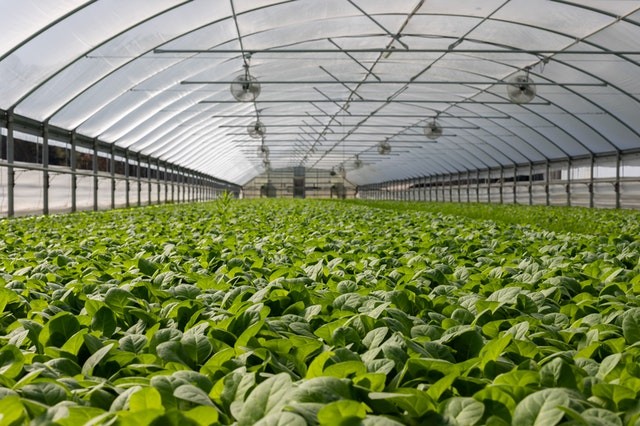Tech Innovations in Farming for Sustainable Future

Apart from producing food, farmers also protect natural resources - soil, water, and biodiversity. They are also innovators. Since the inception of agriculture, farmers have had to change, adapt and create new ways of cultivating crops, coping with difficult terrain, and enduring extreme climatic conditions and ag weather events. Currently, agriculture is the world's largest industry in terms of people employed and foods produced. Most importantly, it occupies around half of the Earth's habitable land to provide habitat and food for numerous species. That is why sustainability is so critical in farming.
The future of our food and agriculture needs to recognize the successful innovations that farmers are already adopting and help spread them to other farmers. We need to scale up innovation across agriculture to feed a growing and increasingly urbanized population.
Innovation is not limited to interesting ideas, and it is much more than technology. Simply put, innovation is the process by which individuals or organizations first engage new or existing products, processes, or ways of organizing. Sustainable technology in agriculture allows for preservation and restoration of habitats, soil health and water quality improvement. And the need for such tech is especially urgent now when the demand for food is rapidly rising.
In this piece we will break down the main innovations in modern farming that enable sustainable development of this sphere.
Yield Monitoring
The system for monitoring (mapping) crop yield is one of the stages of introducing precision farming technology, which allows for determining the result of the work from the introduction of all other stages through fixing the heterogeneity of the crop within the boundaries of each field. With the help of special sensors and controllers installed on combines, as well as using displays for precision farming and GPS receivers during harvesting, it is possible to obtain spatially oriented maps of yield and grain moisture. Obtaining such maps is an integral part of precision farming technology and enables yield management and prediction for the next season.
Each field has a different type of soil, a different nutrient composition, and a different amount of moisture. To interpret this data, yield maps are used to analyze the high and low yield zones in each field, hence the most productive field areas. Yield data is the basis of precision farming and allows farmers to make informed decisions at all stages of the introduction and use of precision farming technology.
Yield monitoring subsystems include:
-
Creation of yield and moisture maps based on satellite data
-
Collection, analysis, storage of yield data for each field, crop and year
-
Data processing - identification of different field zones based on various parameters (soil content, moisture, etc)
-
Creation of maps for VRA approach application
Information for yield on the same field for several years allows for investigating the factors affecting the yield to make the necessary changes for future yield improvement.
Farm Management
Today, the use of IT in agriculture is not only about the use of computers. Digital technologies enable remote control over the full cycle of crop or livestock production. Smart devices measure and transmit the parameters of soil, plants, microclimate, etc. All this data from sensors, drones and other equipment is analyzed by a particular farm management software. Mobile or desktop applications aid farmers in determining the right time for planting or harvesting, calculating the fertilizer amount, predicting the harvest, analyzing moisture levels for planning irrigation, and much more.
Hydroponics and Aquaponics
Hydroponics is the technology of growing plants without soil. The bottom line is to immerse the root system in a nutrient solution or water. In recent years, the method has gradually gained popularity all over the world. Thanks to the hydroponics system, it is possible to solve the problem of a shortage of quality land. Structures of various sizes accelerate the growth and quality of the crops grown.
Aтв aquaponics is a combined method of growing fish and plants together in a recirculating ecosystem using natural bacterial cycles to convert fish waste into plant nutrients. It is an environmentally friendly method that uses the best attributes of aquaculture and hydroponics without the need to add chemical fertilizers, waste water, or leachate. Aquaponics is a system where plants and fish are grown together in symbiosis. The waste products of the fish provide food for the plants, and the plants, in turn, filter the water that is returned to the fish.
Drones
A drone is a multifunctional tool for the modern farmer. It helps to create interactive maps that allow assessing the state of the entire field as a whole and its individual zones, conducting photo monitoring of crops, applying plant protection products and mineral fertilizers, and performing seeding and watering. Drones significantly save farmers' time. Flying around the field, it takes pictures and transfers them to a software that analyzes the situation, finds problems, and alerts about them.
Subscribe to Latin Post!
Sign up for our free newsletter for the Latest coverage!
* This is a contributed article and this content does not necessarily represent the views of latinpost.com










